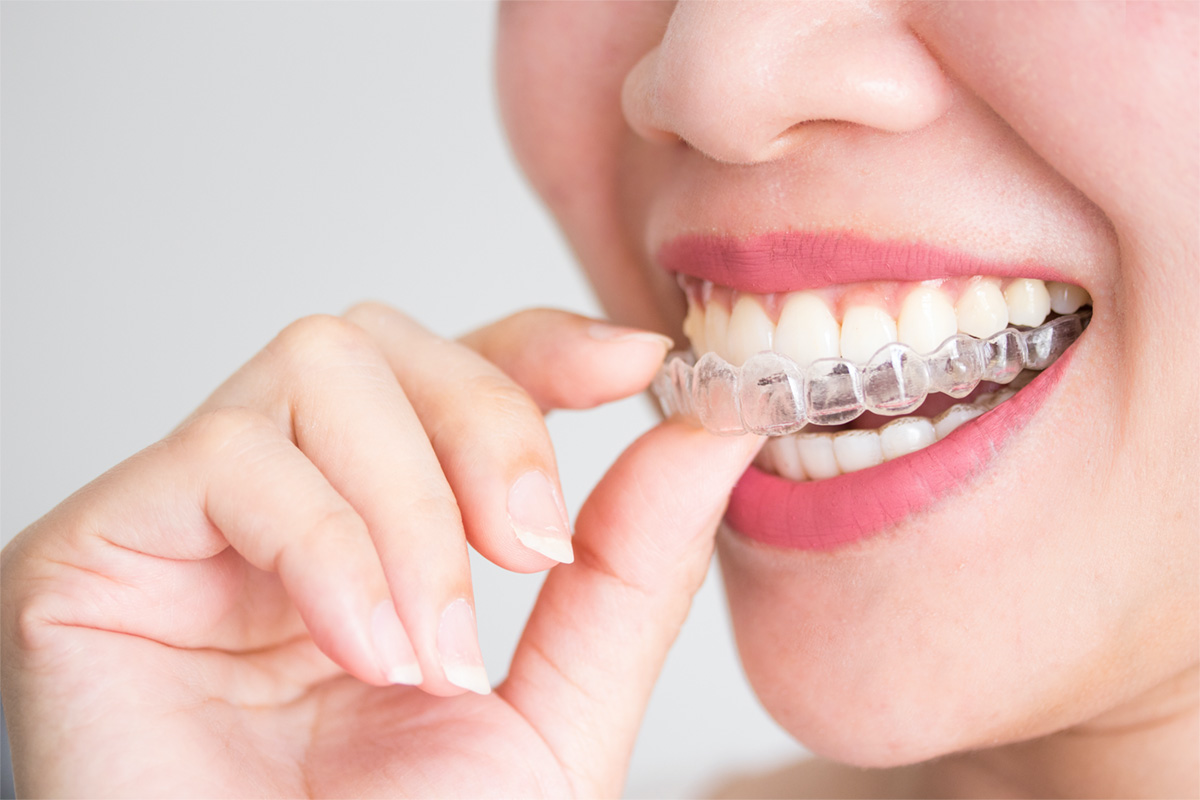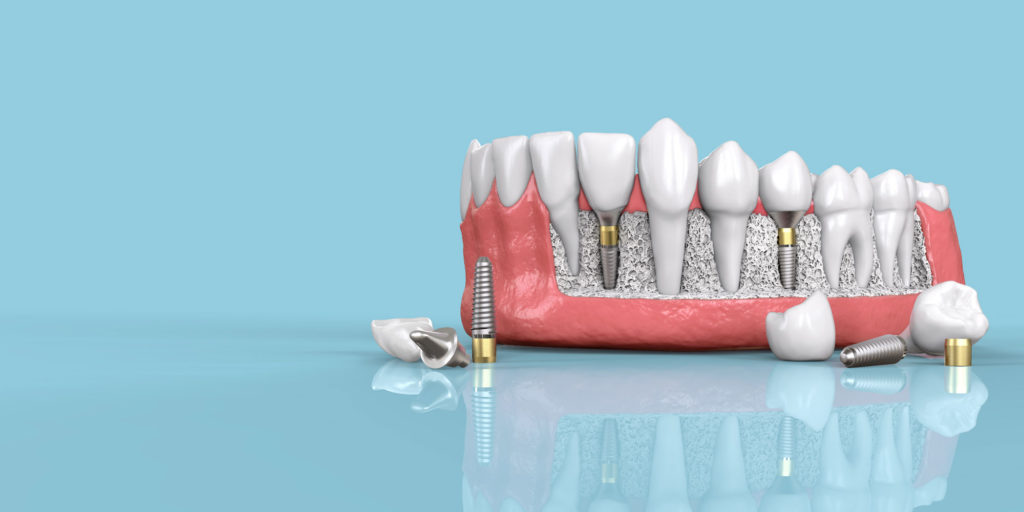A Step-by-Step Guide for Invisalign Procedure
Due to the advancements in technology, people can now choose between traditional braces and clear aligners. Invisalign is growing in popularity in recent times as an option for straightening and realigning teeth. It works by applying pressure on dentition and gradually improving the position and alignment.
Unlike
metal braces, clear aligners have a soft texture outside, making it easier to
slide in and out. This feature also makes it barely visible even in close
inspection.
Treatable
problems
Invisalign
can correct a number of dental conditions. Most importantly, it is effective
for crowding, malocclusion, and mild biting issues. For more severe conditions,
providers ensure enhanced results by improving the delivery of force.
Advantages
·
Aesthetics
People
conscious of their looks can opt for these devices because they are much less
noticeable than traditional braces. They might even wear them even in public
places without any concerns.
·
Ease of
cleaning
They
can brush and floss teeth by removing aligners. It is essential to reduce
bacterial plaque buildup around crevices and gaps. Studies also suggest that
regular brushing eliminates the risk of periodontal disease.
·
Fewer harms
Many
individuals wearing traditional appliances suffer from frequent injuries on
gums and soft tissues. Such problems may also lead to emergency situations that
need clinical intervention.
Treatment
steps
The
first step in the Invisalign procedure involves a thorough consultation with
orthodontists. Make sure to locate certified and licensed practitioners with
experience in this process. These consultations are also essential to evaluate
medical and financial decisions heedfully.
Based
on these evaluations, providers will create a customized treatment plan. It
also includes digital images of teeth and different stages of positional
improvement. Patients need to wear aligners for a year. The time may vary for
individuals with severe malocclusion issues.
In order to improve straightening processes, orthodontists will schedule regular checkups every six weeks. In some cases, they need to wear retainers to maintain the newly improved teeth position. Once treatment is complete, they can relish a renewed sense of confidence and an attractive smile.




Comments
Post a Comment